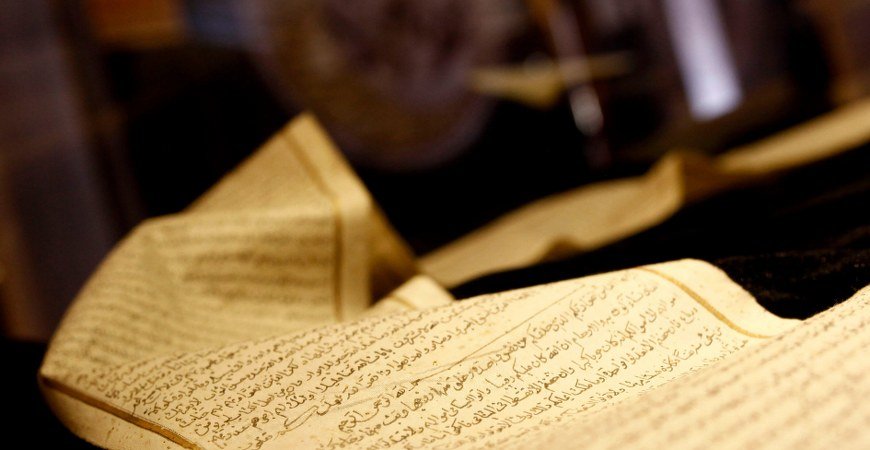
The Calligrapher Hafiz Osman And His Works Topkapi Palace Istanbul – Chapter 3
The Calligrapher Hafiz Osman And His Works Topkapi Palace Istanbul – Chapter 3,
Osman had returned from visiting his friend and borrowed the boat money from him, after telling the story of his earlier boat trip. He held out a silver kurush to the boatman, But instead of taking it the boatman said, “Your honor: I don’t want any money. Please write me a Besmele.
That is enough”. Hafiz Osman could not stand it, “Look here, my friend! I did that Besmele just this morning, that’s enough for you and the seven generations which come after you. I can’t do another one”, and walked away. The boatman started after him. Whether this story is really true or not, it is an indication of his fame and artistic ability. Two days every week he used to give lessons at his house. Tuesdays were reserved for poor students. He took no money from them and valued his talented students highly. In 1649 he was appointed Husn-u Hat or ‘Beautiful Writing’ teacher to Sultan Mustafa the Second. When it was time for the lesson he would go the sultan’s room, where Sultan Mustafa would prostrate himself in front of his teacher. First, they would lay a mat on the floor and then place the papers on top of it. The sultan would hold the inkwell while Osman wrote with a red pen, then Osman would hold the inkwell while the sultan began to write. What a misfortune that he died at the prime of his life at the age of 58 in the district of Sancaktar. The date of his death was 1698. The Calligrapher Hafiz Osman wrote 25 Korans during his lifetime as well as many inscriptions of various kinds, such as Murakkas, eskiz and levhas. There are 30 of these in Topkapi Palace Museum alone. One of the most beautiful of his Korans is now in the Istanbul Museum of Turkish and Islamic Art. It measures 31 x 21 cm. and contains 817 pages. It was completed in August of 1686 and presented to the sultan of the time. Not only the writing but the binding and the gilded decoration are a work of art. This Koran was the model for several Korans and was photographed by the Department of Religious Affairs in 1961 and a facsimile in three volumes with a translation in modern Turkish was published. The other manuscripts by Hafiz Osman are in other museums in Turkey and the world and alongside them the works of other great Turkish calligraphers who came after him such as Mustafa Rakim, Mehmet Esat Yesari, and Kazasker Mustafa Izzet.